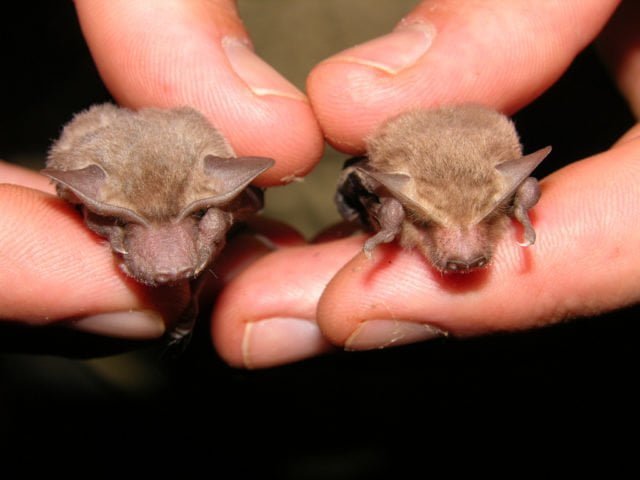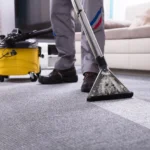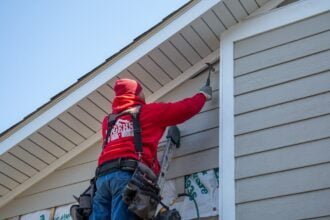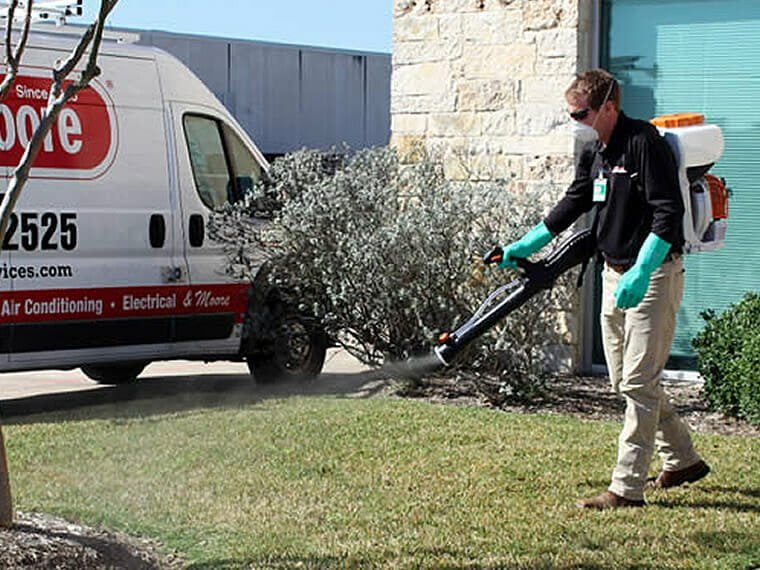At the first sign of an infestation, it is imperative to take swift and cautious action as soon as possible due to the potential risks that bats bring to both human health and property. Make safe use of the information contained in our bat removal guide to successfully regain your house.
Meet The Experts for Bat Getting Rod of Bats
Tim Byrd: Pest Control Expert from Terminix
Reasons to Have Bats Taken Out of Your Home
According to estimates provided by the United States Fish and Wildlife Service, bats consume approximately 1,200 insects the size of mosquitoes every hour. Some kinds of bats actually aid in plant reproduction by dispersing seeds and pollinating flowers, and they can also reduce the number of crop-damaging insects by consuming insects like beetles.

In spite of the fact that, on the whole, these creatures are beneficial to the natural world, if they get into your house, they could endanger both your physical and mental health in addition to wreaking havoc on your property. In enclosed areas, problems associated with bats may manifest themselves as follows:
- Rabies infection is a distinct possibility.
- Allergies like asthma and congestion are possible side effects of sharing a home with bats.
- Bats can cause costly structural damage to homes.
- Histoplasmosis is a fungal ailment spread through breathing in bat and pigeon poop. Fevers coughs and extreme exhaustion are just some of the symptoms that can linger for weeks or even months.
- Guano has a very offensive odor, which, after only a short period of time, can make it impossible to live in a house or other structure.
Seek the advice of experts
Discover local, fully-insured service providers and request cost estimates at no cost or obligation.
What Pest Control Expert Recommend About Bat Extermination
Getting rid of bats on your own can be challenging says Tim Byrd, especially if there is a huge population of them or if they constantly returning back into the building where you live. Exclusion is the preferred method of pest control for businesses because it is against the law to use poisons on bats or to kill them. In an effort to keep bats out, the primary exits that they utilize have been blocked off with doors that only open in one direction. The bats are free to leave without risking anything, but they won’t be able to come back.
Find Bat Tunnels and Reinforce Them
No matter how many bats are utilizing your home as a roosting spot, they will only use a limited number of doors and windows to go in and out. When you’ve found their primary exit, you should barricade it with doors that only go in one direction. The apparatus that is being used will be left in place for a number of days, after which it will be removed, and the entrance will be sealed off.
Inclusion/Exclusion Periodicity of Bats
Tim Byrd advises that the process of excluding bats is one that must be completed in a timely manner. The birthing season for bats occurs between the months of May and August, and during this time, each female will give birth to a single pup at a time. Extermination should take place in the spring before the pups are born, or in the early fall after the young bats are able to fly, but before they go south for the winter, if you want to avoid accidentally capturing newborn bats.
Check the Damaged Areas and Clean Them Up
In order for your pest control team to perform their duties in a risk-free manner, the insulation in your attic and eaves must be covered. When cleaning up after a significant infestation, professionals need to wear specialized protective gear such as booties, goggles, gloves, and HEPA face masks. This gear must be worn in order to avoid contamination.
Using a powerful vacuum, trained professionals are able to remove damaged loose-fill insulation in a quick and effective manner if the insulation has been compromised. Previous areas that were home to bats will need to be cleaned thoroughly in order to get rid of any traces of the animals that may still be present.
Seek the advice of experts
Discover local, fully-insured service providers and request cost estimates at no cost or obligation.
Remove Odors Using Enzymes
Tim Byrd recommends that after the old insulation has been removed, the areas that had the most bat guano should treat with a stain cleaner and an odor remover. This is done in order to remove the smell caused by the guano. Enzymes that are specifically designed for this purpose are capable of degrading odorous compounds.
Eliminating the scent is not only ideal but also vital because it draws bats back to their roosting area when they smell food or other scents. Bats have a fantastic sense of direction that helps them navigate their environment and can live for up to 30 years. Because of the acuteness of their sense of smell, even if adequate precautions are not taken, it is possible for them to be coaxed back to a nest that they have not visited in a number of years.
Installing a bat house is another option
Bats will return to their own roosts, even after being gone for an extended period of time. They won’t bother trying to come into your house again as long as you provide them with a secure alternative place to roost in the area, which is a fortunate development. Because bats use echolocation to locate the locations of their preferred entry points, positioning a bat housing near to the original “bat door” will serve as an effective barrier against bats.
Placing bat houses at a height of at least 15 feet off the ground increases the likelihood of their being used successfully. The bat home made of wood may not look very large, yet it is large enough to accommodate several hundred bats. In the late spring, you should be able to determine whether or not the bats have chosen to make the bat house their permanent abode. Then, everyone will be able to live together in harmony in the same habitat as long as they are allowed to eat bugs around your house.
Seek the advice of experts
Discover local, fully-insured service providers and request cost estimates at no cost or obligation.







